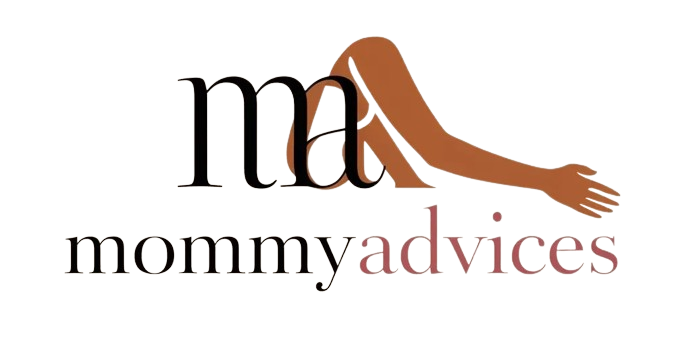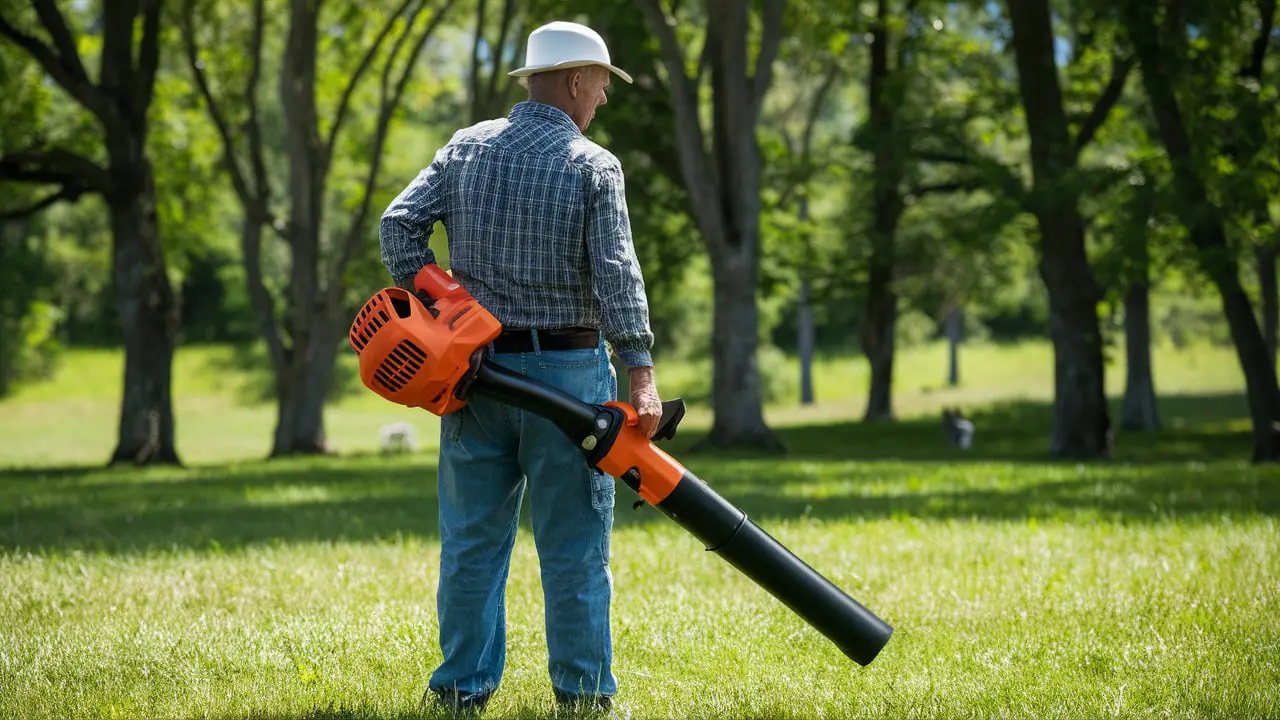Can You Use a Leaf Blower wit heusphatian Tube Dysfunction can be a challenging condition to manage.
It affects the ear’s ability to regulate pressure, leading to discomfort, hearing issues, and sometimes even pain.
If you suffer from ETD, you might wonder about the impact of certain activities on your condition.
One question that frequently arises is, can you use a leaf blower with Eustachian Tube Dysfunction?.
Understanding heusphatian Tube Dysfunction
The Eustachian tube is a small passage that connects the middle ear to the back of the nose and upper throat. Its primary function is to equalize the pressure in the middle ear with the air pressure outside. This process is crucial for proper hearing and ear health.
Eustachian Tube Dysfunction (ETD) occurs when this tube doesn’t function properly, leading to a variety of symptoms, including:
- Muffled hearing
- Ear pain or discomfort
- A feeling of fullness in the ear
- Tinnitus (ringing in the ears)
- Dizziness or balance problems
ICD 10 Code for Eustachian Tube Dysfunction
For medical documentation and insurance purposes, Eustachian Tube Dysfunction is classified under the ICD-10 code H69.XX. This code is used to specify the type and severity of ETD a patient may have. It helps healthcare providers in diagnosing and treating the condition effectively.
The Effects of Loud Noises on heusphatian Tube Dysfunction
Loud noises can exacerbate the symptoms of ETD. Activities such as using power tools, attending concerts, or even using a leaf blower can expose your ears to high levels of noise, which may worsen your condition.
Can You Use a Leaf Blower with heusphatian Tube Dysfunction?
Using a leaf blower might not seem like a significant concern, but for someone with ETD, it can be. The noise and vibrations generated by a leaf blower can increase the pressure in your ears, leading to discomfort or even pain. Here’s why:
- High Decibel Levels: Leaf blowers often produce noise levels exceeding 85 decibels. Prolonged exposure to such noise can aggravate ETD symptoms, making it harder for the Eustachian tube to function properly.
- Vibrations: The vibrations from holding and operating a leaf blower can travel through your body to your ears, potentially disrupting the delicate balance within your middle ear.
- Pressure Changes: The rapid movement of air caused by the blower can create pressure changes around your ear, which may trigger or worsen ETD symptoms.
Precautions to Take When Using a Leaf Blower with ETD
If you must use a leaf blower and have Eustachian Tube Dysfunction, consider taking the following precautions:
- Use Hearing Protection: Wear high-quality earplugs or noise-canceling headphones to reduce the impact of loud noise on your ears.
- Limit Exposure Time: Keep the duration of using the leaf blower to a minimum. Take breaks to allow your ears to recover.
- Avoid Peak Symptoms: If your ETD symptoms are particularly bad on a given day, avoid using the leaf blower altogether.
- Consult Your Doctor: Before engaging in any potentially harmful activity, it’s always a good idea to consult with a healthcare professional familiar with your condition.
Can You Watch Movies in Theaters with heusphatian Tube Dysfunction?
Can You Use a Leaf Blower wit heusphatian Tube Dysfunction is whether it’s safe to watch movies in a theater. Theaters often have surround sound systems with high volumes, which can be problematic for those with ear issues.
The Impact of Theater Sound Systems on ETD
The sound levels in theaters can range from 70 to 100 decibels, depending on the movie and the theater’s sound system. For someone with ETD, this level of noise can be uncomfortable or even painful.
Tips for Watching Movies with ETD
If you want to enjoy a movie in the theater without aggravating your ETD, here are some tips:
- Choose a Quieter Movie: Opt for a movie that is less likely to have loud explosions or high-intensity scenes.
- Sit Further Back: The further you sit from the speakers, the less intense the sound will be. Choose a seat towards the back of the theater.
- Bring Ear Protection: Similar to using a leaf blower, bring earplugs to dampen the sound without completely blocking it.
- Inform Theater Staff: Some theaters might allow you to adjust the volume slightly if you inform them of your condition.
How Victimizers Maintain the Dysfunction of Victims
This section may seem unrelated at first glance, but it’s important to understand the psychological and emotional aspects of dealing with a chronic condition like ETD. Often, those suffering from chronic health issues can feel victimized by their condition, leading to a cycle of dysfunction.
Understanding the Victimization Cycle
In the context of ETD, the “victimizer” isn’t necessarily a person but can be the condition itself. Chronic discomfort, pain, and limitations can make one feel like a victim, leading to emotional distress and a sense of helplessness. This emotional state can, in turn, worsen the physical symptoms, creating a vicious cycle.
Breaking the Cycle
To break free from this cycle, it’s important to take control of your condition:
- Educate Yourself: Knowledge is power. Understand your condition thoroughly, including triggers and management strategies.
- Seek Support: Whether it’s through a support group, therapy, or loved ones, having a support system can help you cope better with your condition.
- Practice Self-Care: Engage in activities that promote relaxation and reduce stress, such as meditation, gentle exercise, or hobbies that you enjoy.
- Set Boundaries: If certain activities, like using a leaf blower, are harmful to your condition, it’s okay to say no and find alternative solutions.
Managing heusphatian Tube Dysfunction in Daily Life
Living with ETD requires a proactive approach to managing symptoms and minimizing discomfort. Here are some general tips to help you navigate daily life with Eustachian Tube Dysfunction:
Avoiding Triggers
Identify and avoid triggers that worsen your symptoms. Common triggers include:
- Sudden altitude changes: Flying, driving through mountains, or taking elevators in tall buildings can cause pressure changes that affect the Eustachian tube.
- Loud noises: As discussed, exposure to loud noises can aggravate your symptoms.
- Allergens and irritants: Allergies can cause inflammation in the nasal passages, leading to ETD flare-ups.
Practicing Good Ear Hygiene
Keeping your ears healthy is essential in managing ETD:
- Avoid inserting objects into your ears: This includes cotton swabs, which can push wax further into the ear canal or cause injury.
- Keep your ears dry: After swimming or showering, gently dry your ears to prevent infections that could worsen ETD.
- Use nasal decongestants cautiously: Overuse of decongestants can lead to rebound congestion, which might exacerbate ETD.
Regular Medical Check-Ups
Routine visits to an ear, nose, and throat (ENT) specialist can help monitor your condition and adjust your treatment plan as needed. If you experience frequent or severe symptoms, your doctor might recommend:
- Medications: Prescription or over-the-counter medications can help manage symptoms, particularly if allergies or infections are involved.
- Surgery: In some cases, a surgical procedure to place ear tubes or correct structural issues may be necessary.
Staying Active
Physical activity can promote overall health and well-being, but it’s important to choose exercises that don’t exacerbate your symptoms. Low-impact activities like walking, swimming (with ear protection), or yoga can be beneficial.
Managing Stress
Stress can worsen ETD symptoms, so it’s important to find ways to manage it. Techniques such as deep breathing, progressive muscle relaxation, or mindfulness can help reduce stress and improve your overall quality of life.
Conclusion
Eustachian Tube Dysfunction is a condition that requires careful management, particularly when engaging in activities that could potentially worsen symptoms.
So, Can You Use a Leaf Blower wit heusphatian Tube Dysfunction? The answer is that it depends on the severity of your symptoms and the precautions you take.
Always prioritize your ear health by using protection, limiting exposure, and consulting with your doctor.
Living with ETD doesn’t mean you have to give up activities you enjoy, but it does mean being mindful of how these activities impact your condition.
By staying informed, taking necessary precautions, and managing stress, you can lead a fulfilling life without letting ETD control you.

